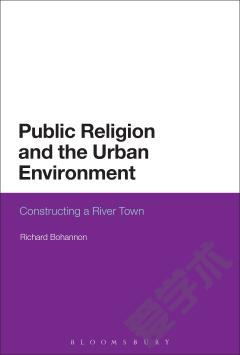Social Power and the Urbanization of Water —— Flows of Power
----- 社会力量与水的城市化: 权力的流动
Water is indispensable âstuffâ for maintaining the metabolism, not only of our human bodies, but also of the wider social fabric. The very sustainability of cities and the practices of everyday life that constitute âthe urbanâ are predicated upon and conditioned by the supply, circulation, and elimination of water. The complex web of the âMetabolisms of Citiesâ (Wolman 1965: 179) relies on the perpetual circulation of water into, through, and out of the city. Without an uninterrupted flow of water, the maelstrom of city life and the mesmerizing collage of interwoven practices that constitute the very essence of urbanity are hard to imagine. It is difficult, if not impossible, for most of us to even think about living without water for drinking, washing, bathing, cooking, or cleaning for more than a few hours. Indeed, like food, water is both a biological necessity and a key economic commodity, as well as being the source of an intricate and rich cultural and symbolic power (see Bachelard 1942). But while the supply of food, clothing, and durable goods can be handled through local, decentralized, individual initiative, the supply of water is routinelyâ although by no means necessarily or exclusivelyâorganized by means of large bureaucratic and engineering control systems, collective intervention and action, and centralized decision-making systems (see Wittfogel 1957; Worster 1985; Lorrain 1997; Donahue and Johnston 1998). Such centralized and hierarchical systems, whether privately or publicly owned, enable monopoly control and, given the commodity character of water, permit the extraction of monopoly profits in addition to the powerful social and political control that goes with monopolistic control over vital goods. Contrary to the rural realm whereâat least under non-arid conditionsâwater of a reasonable quality is easily and often readily available, urban water supply and access relies on the perpetual transformation, mastering, and harnessing of ânaturalâwater.
{{comment.content}}








 京公网安备 11010802027623号
京公网安备 11010802027623号